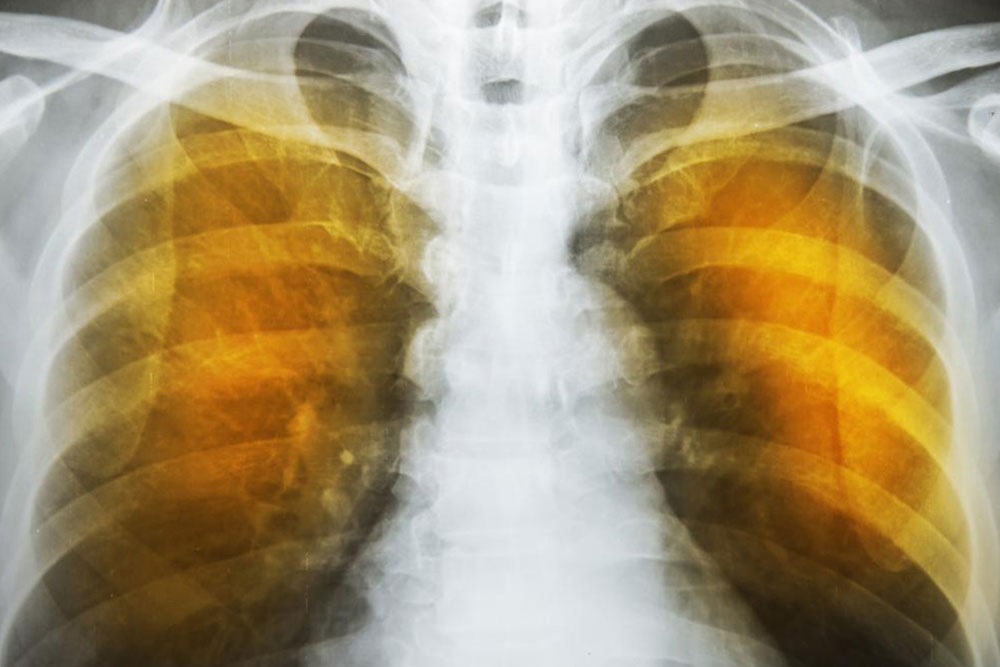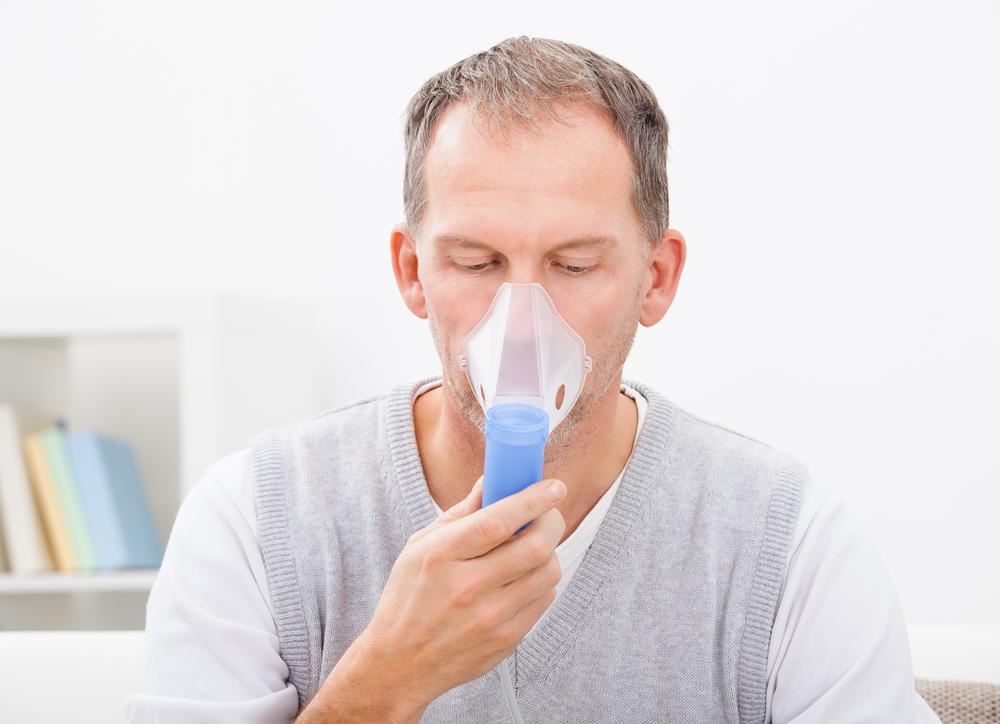Understanding Pulmonary Fibrosis: Detection and Management Strategies
Pulmonary fibrosis is a progressive lung disease involving scar tissue buildup that hampers breathing. Early detection through various diagnostic tests is essential. While no cure exists, treatments like medications, oxygen therapy, and pulmonary rehab can help manage symptoms and slow progression. Severe cases may require lung transplants. Recognizing symptoms early and consulting specialists can significantly improve quality of life and prevent serious complications related to PF.

Understanding Pulmonary Fibrosis: Detection and Management Strategies
Pulmonary fibrosis (PF) is a lung disorder characterized by scarring of the lung tissue, which impairs breathing. The disease causes the lung tissues to become thick and stiff, reducing the efficiency of oxygen transfer into the bloodstream. Unfortunately, lung damage from PF cannot be reversed and may worsen over time. While no definitive cure exists, early detection allows for treatments that can slow disease progression and improve quality of life.
In most cases, the exact cause of pulmonary fibrosis remains unknown. Risks increase with factors like smoking, certain medications, viral infections, genetic predispositions, environmental toxin exposure, and acid reflux. Symptoms often include breathlessness, dry cough, fatigue, finger clubbing, and muscle soreness.
Diagnostic processes for pulmonary fibrosis involve multiple approaches. Doctors start with a physical exam, review of medical history, lifestyle, and potential environmental exposures. Imaging tests such as chest X-rays and high-resolution CT scans reveal lung damage. Blood tests evaluate oxygen levels, infections, and autoimmune activity. Lung function tests and exercise assessments determine how well the lungs exchange gases. When necessary, invasive options like lung biopsy are performed for confirmation.
Managing Pulmonary Fibrosis:
While a cure remains elusive, treatments focus on symptom relief and slowing disease progression. Medication options, prescribed by specialists, include corticosteroids and drugs that reduce inflammation or modulate immune response. These can have side effects, so they’re used cautiously.
Oxygen therapy helps alleviate shortness of breath by increasing blood oxygen levels, with frequency tailored to individual needs.
Preventative measures such as vaccinations against influenza and pneumonia, cough suppressants, and anti-reflux treatments may reduce complications. Bone supplements may also be recommended.
Pulmonary rehabilitation programs provide education, exercise routines, and support to enhance daily functioning and manage symptoms effectively.
In severe cases, lung transplantation might be considered for eligible patients, offering a chance for improved breathing and quality of life.
Early diagnosis and comprehensive care are vital, as untreated PF can lead to infections, pulmonary hypertension, or heart and lung failure.










